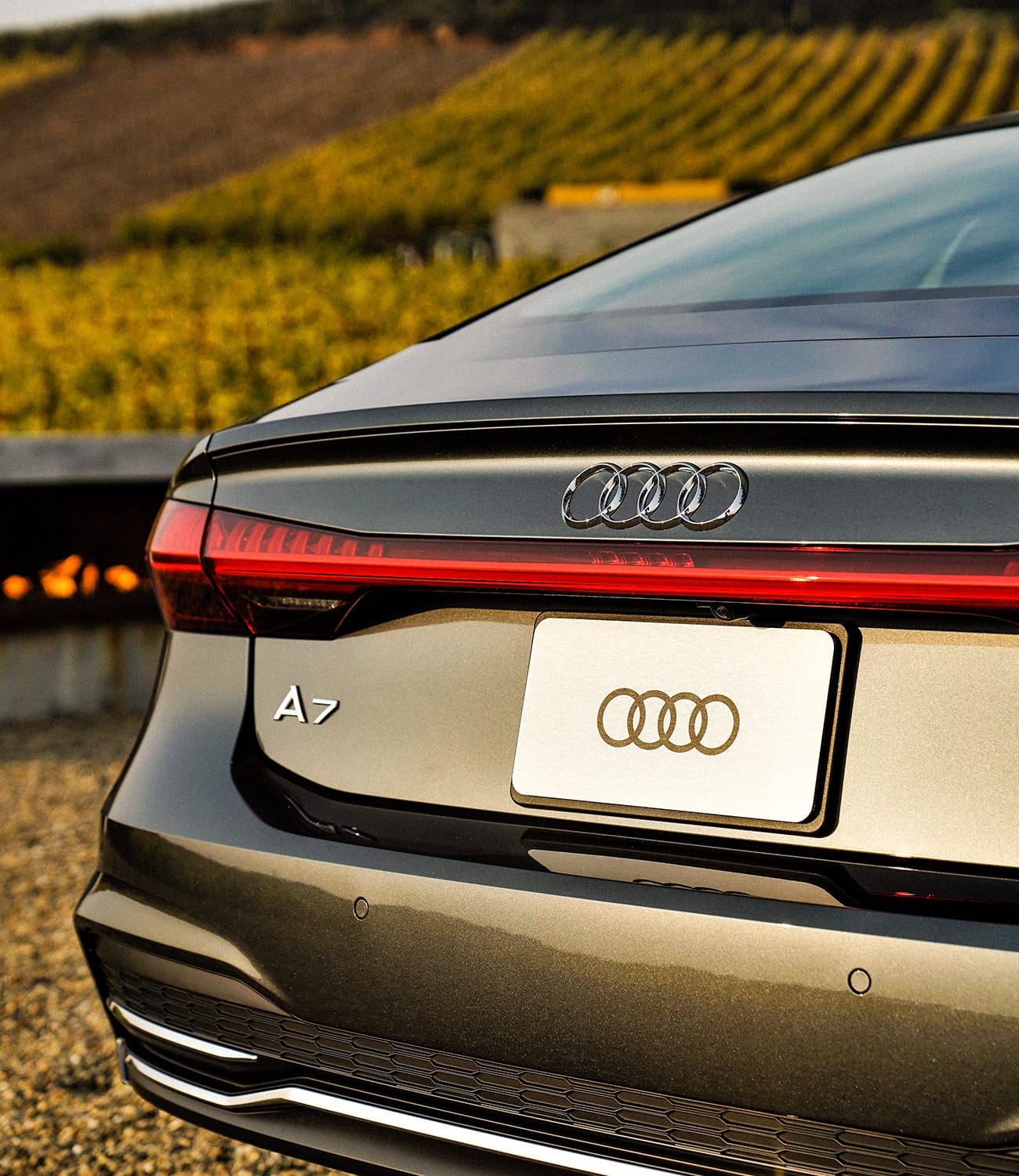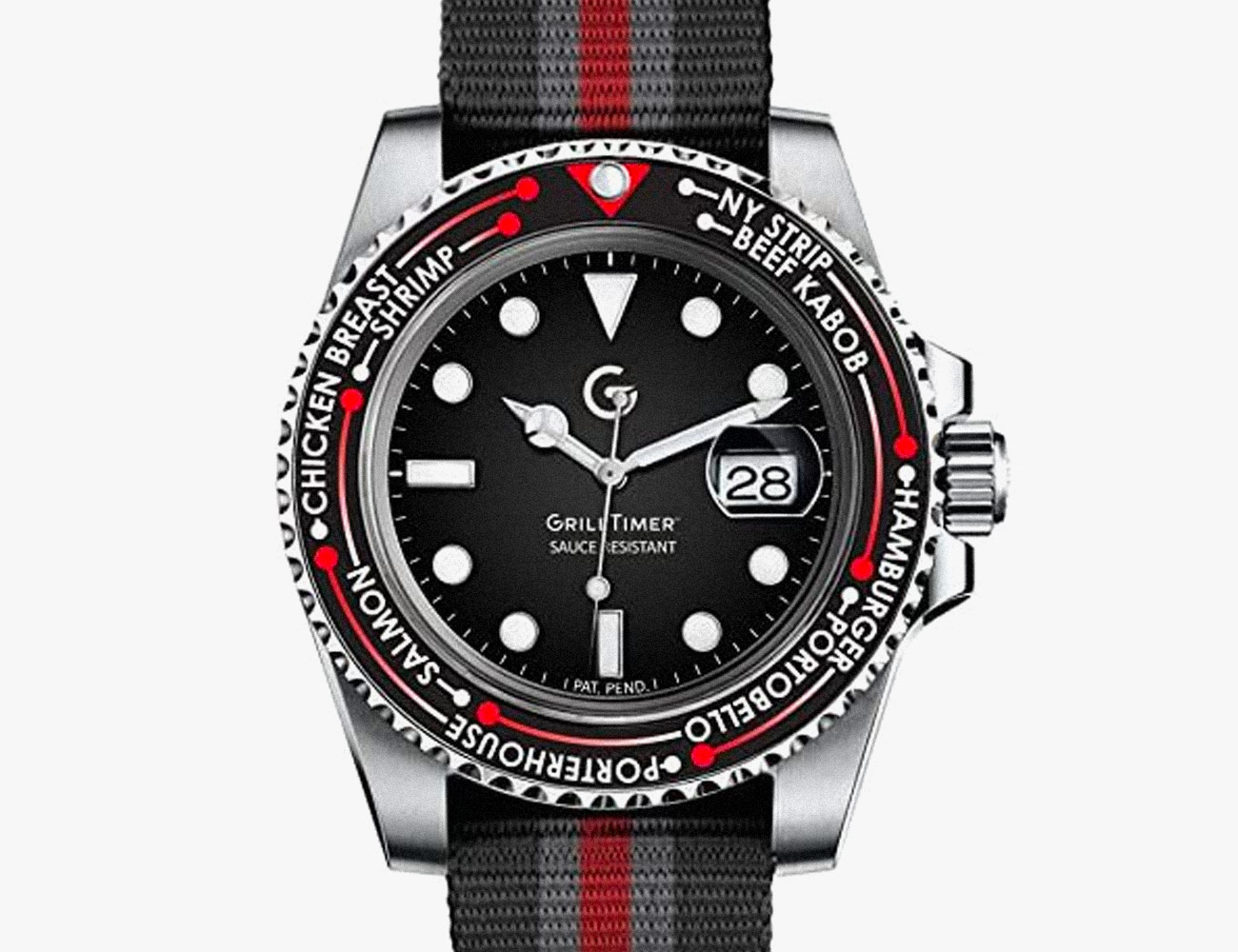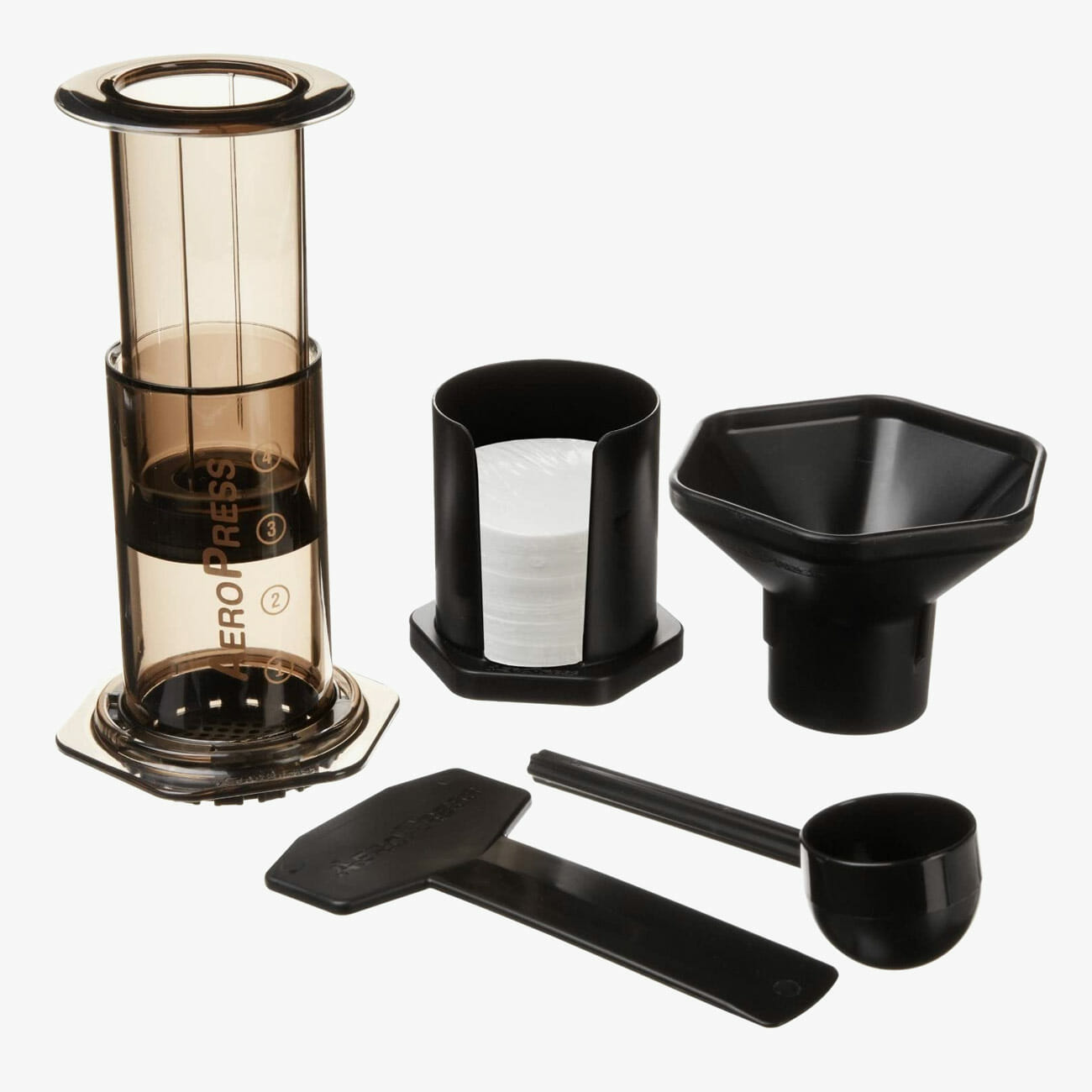When you have two very good things going – the vaunted A6 sedan and its more spirited sibling, the A7 – you treat every stroke of the pen with great caution during a redesign. After all, carmakers who take radical departures with some of their iconic products tend to find themselves mercilessly harassed for it. We liked it, the thinking goes. Why did you wreck it?
Fans of Audi’s stalwart A6, now in its eighth generation, and the upstart A7 can rest easy, though. The company treated these two models with the respect they deserve during their simultaneous redesigns, improving the appearance with tight, modern tweaks and bumping up the technology contained within in meaningful ways. Both get new, smoother and more responsive 3.0-liter turbocharged V6s that replace the supercharged sixes in the previous models, and both get a new 48-volt mild-hybrid electrical system designed to more gracefully handle modern electronics and smooth out the often jarring stop/start system. They also both enjoy the Volkswagen Group’s seven-speed dual-clutch transmission, something that has become a bit of an afterthought but remains one of the most remarkably fluid and satisfying propulsion systems this side of an all-electric EV.
Though the vehicles have still more in common, including essentially identical interiors, a newly updated MMI infotainment system, and three headlight options, including their precision HD Matrix LED system, they retain their individual characters. The A6 is the more stately of the two, with its traditional sedan configuration. It has a newly widened and lowered grill and additional creases and character lines along its sides that are meant to visually lower the model. The rear taillights are nicely elongated and linked with a chrome strip. It’s an extremely mature design, but still crisp and bold.
The A7, meanwhile, is the edgier and sportier of the pair. Its now-iconic sloping rear sportback roofline gives it a subtly more aggressive posture, and its pronounced forward air inlets showcase a more purposeful front end. The new version has a slightly higher rear deck, and a taillight array that stretches across the width of the car, absent the chrome pinstriping in the A6. The A7 is $10,000 more expensive and – perhaps surprisingly – a hair slower than the A6, due to its slight added weight, but it’s designed to have more of a driver’s-car vibe, which it does. With the bonus accessibility and functionality of the hatchback design, it’s proving to be the more popular of the two models. It’s also the most visually arresting, thanks to its four-door-coupe design.
The roads around Napa Valley, California, where I sampled both models, are forever entertaining – well-paved, twisty as the vines in the fields they slice through, and rarely clogged with traffic, at least on the more distant stretches. The cars soaked it up, with their new five-link suspensions and more precise steering setups allowing for spirited glides from one winery to the next. The transmission shined mostly in the ascents, where it firmly pulled the cars up the hill even as you second-guessed your gear choice and blipped it down another notch through the paddle shifters. There’s no head-bobbing or jerkiness when that happens; just uninterrupted and free-flowing torque to shoot you to the next turn.

Inside, the new MMI uses a dual-screen setup that replaces the dial-and-button system on the previous versions. Screen touches are met with a little haptic bump caused by a tiny “hammer” behind the display and an audible click to confirm it. Both make using the screen while driving easier and less distracting than trying to visually confirm every selection in other systems, including this one’s predecessor. They’ve divided the system up so the upper 10.1-inch or 8.8-inch screen manages infotainment like navigation, audio and connectivity, while the lower 8.6-inch display handles climate control and other vehicle functions. But that lower screen has a neat trick: it’s also the handwriting input device, able to detect even the sloppiest of scrawls while entering navigation instructions. You don’t even have to pay attention to separating the letters – you can enter them in a neat row or stack them on top of each other. The system will simply figure it out.
An even more elegant upgrade, though, sits at the corners, with the headlights and taillights, which in the upper trims – namely the Prestige – perform brisk little light shows each time you lock and unlock the vehicle. The HD Matrix-design LED headlights feature distinctive vertical bars, and can be augmented with an optional laser light booster that doubles the reach of the headlights ahead of you. At some point, the company may be allowed to activate the selective-masking feature that allows high-beams to remain on even in the face of oncoming traffic. It simply tracks the vehicles coming at you and uses the matrix of LEDs to precisely aim the light around the object. The system isn’t legal in the U.S. yet, but if it becomes so it can be switched on with a simple software upgrade.
Though that sort of forward thinking may not quite fly here just yet from a regulatory standpoint, it certainly does from this side of the fence. At the very least, there’s plenty of other forward-thinking qualities about both cars to keep luxury and performance enthusiasts happy for years to come.
Specifications: 2019 Audi A6 and A7
Price: from $59,895 (A6); from $68,995 (A7)
Engine: 3-liter turbocharged 24-valve V6
Power: 335 hp; 369 lb-ft of torque
Transmission: 7-speed dual-clutch automatic; Quattro Ultra all-wheel-drive
Weight: 4,266 lbs (A6); 4,332 lbs (A7)
0-60: 5.1 seconds (A6); 5.2 seconds (A7)
Top speed: 130 mph (electronically limited)



